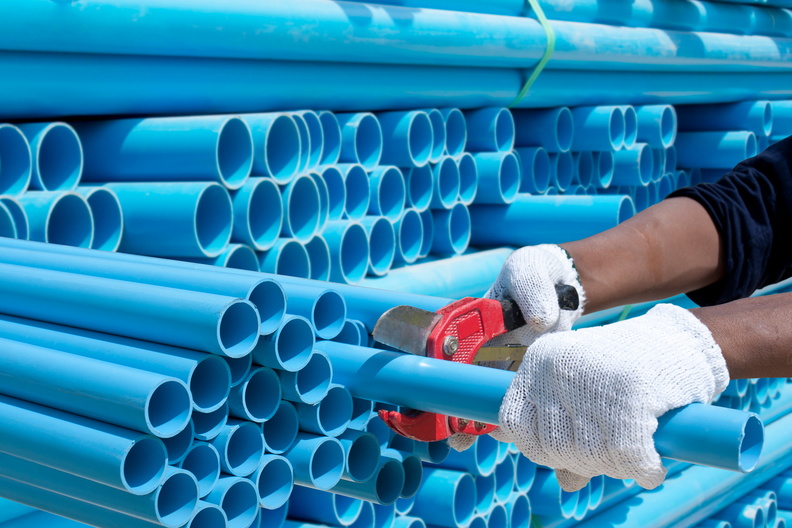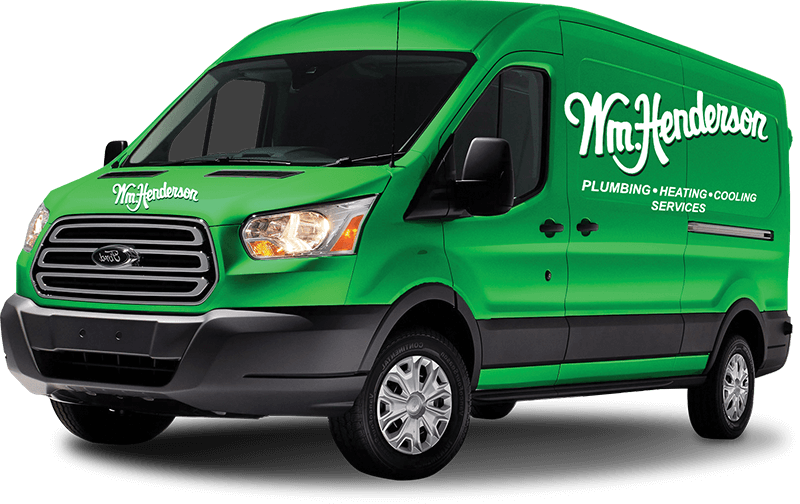
Indoor plumbing has been around for a long time, and the materials used for the pipes have gone through many changes. For decades, metal and ceramic were the most common pipe materials. Many homes today still have galvanized steel, clay, or even cast iron piping. Starting in the 1970s, copper replaced galvanized steel and is today the most common metal used in plumbing systems.
Plastic pipes, however, have an important part in plumbing. Various types of plastic water and sewage pipes are easier to work with when compared to copper. The first use of plastic pipes was in the 1930s, and with the 1960s they rose in popularity among plumbers thanks to advances in plastic manufacturing that made these pipes more useful in general.
There’s no single type of plastic used to manufacture pipes. For years, a gray plastic called polybutylene was common for plumbing systems, but it’s no longer used because it splits and creates leaks. If you have old polybutylene pipes in your house, we strongly recommend you arrange to have it replaced with a newer type of plastic pipe. Here are the three types of plastic water pipes that are commonly used by plumbers today:
3 Common Types of Plastic Pipes
Polyvinyl Chloride (PVC)
This is the material you’re probably most familiar with, and it serves a number of roles in a household aside from in the plumbing. Most main water lines are made of PVC. It’s not as flexible as some other types of plastic, and because it warps at high temperatures (hotter than 140°F) it isn’t used for hot water lines or in kitchen applications. This type of plastic water pipe will not corrode and features a low heat conductivity.
Chlorinated polyvinyl chloride (CPVC)
This is PVC piping that’s gone through chlorination (treatment with chlorine). CPVC is more durable at higher temperatures and pressures than PVC and is common in industrial plumbing. For homes, it’s great for carrying drinking water and handling the hot water lines for which PVC is unsuited. CPVC is more flexible as well. However, it cracks if it freezes, so CPVC isn’t useful for water mains because those pipes must be buried in the ground.
 Cross-linked polyethylene (PEX)
Cross-linked polyethylene (PEX)
Plumbers often use PEX in home plumbing systems thanks to its many advantages. This type of plastic water pipe is useful for both hot and cold water applications, and is the favorite pipe found carrying freshwater in kitchens and bathrooms. PEX is very flexible, so it fits into most spaces and is inexpensive and easy to work with. It comes in different colors, making it easy for plumbers to identify hot and cold lines for future work. They do need to have support, however, because of their flexibility.
A professional plumber knows the right types of pipes, whether metal or plastic, to use for water line repairs, replacements, and upgrades. When you need repiping or other work with pipes, call our experienced and licensed plumbers to see the job is done accurately and you have the right pipes serving the house. Do you have a heating or air conditioning problem in your home? Our contractors also offer HVAC repair services such as furnace repair, boiler installation, central air conditioner replacement, heat pump repair, and air duct repair.

